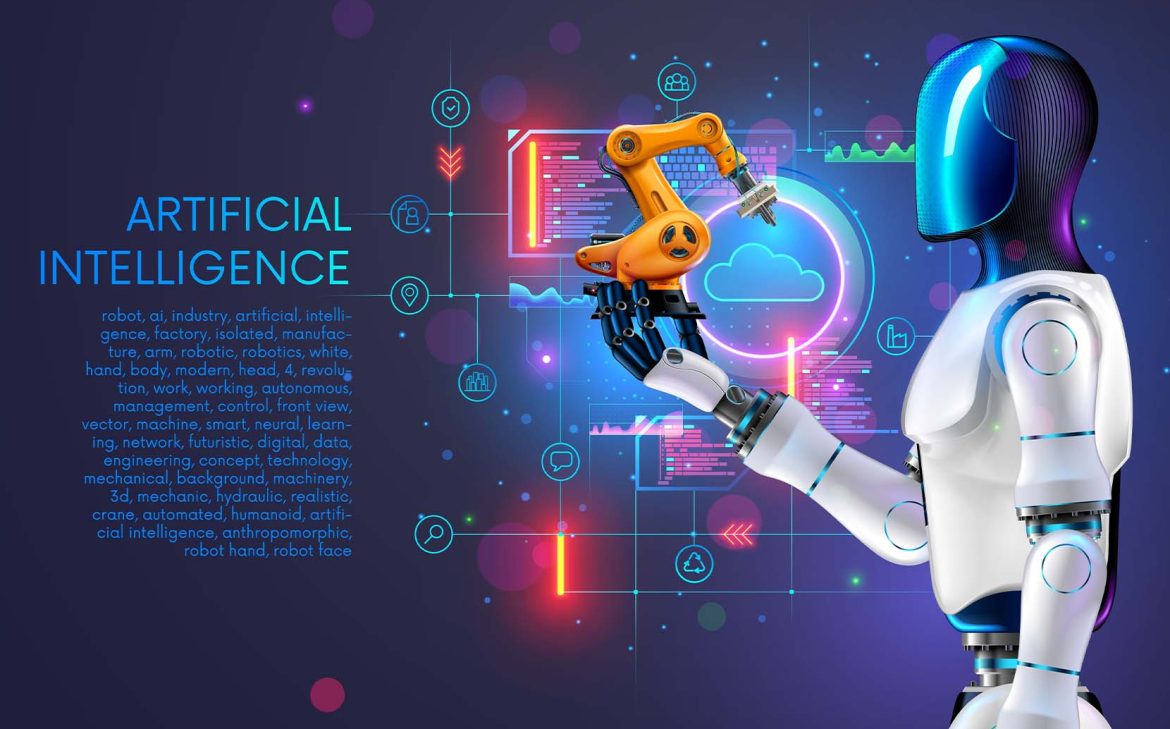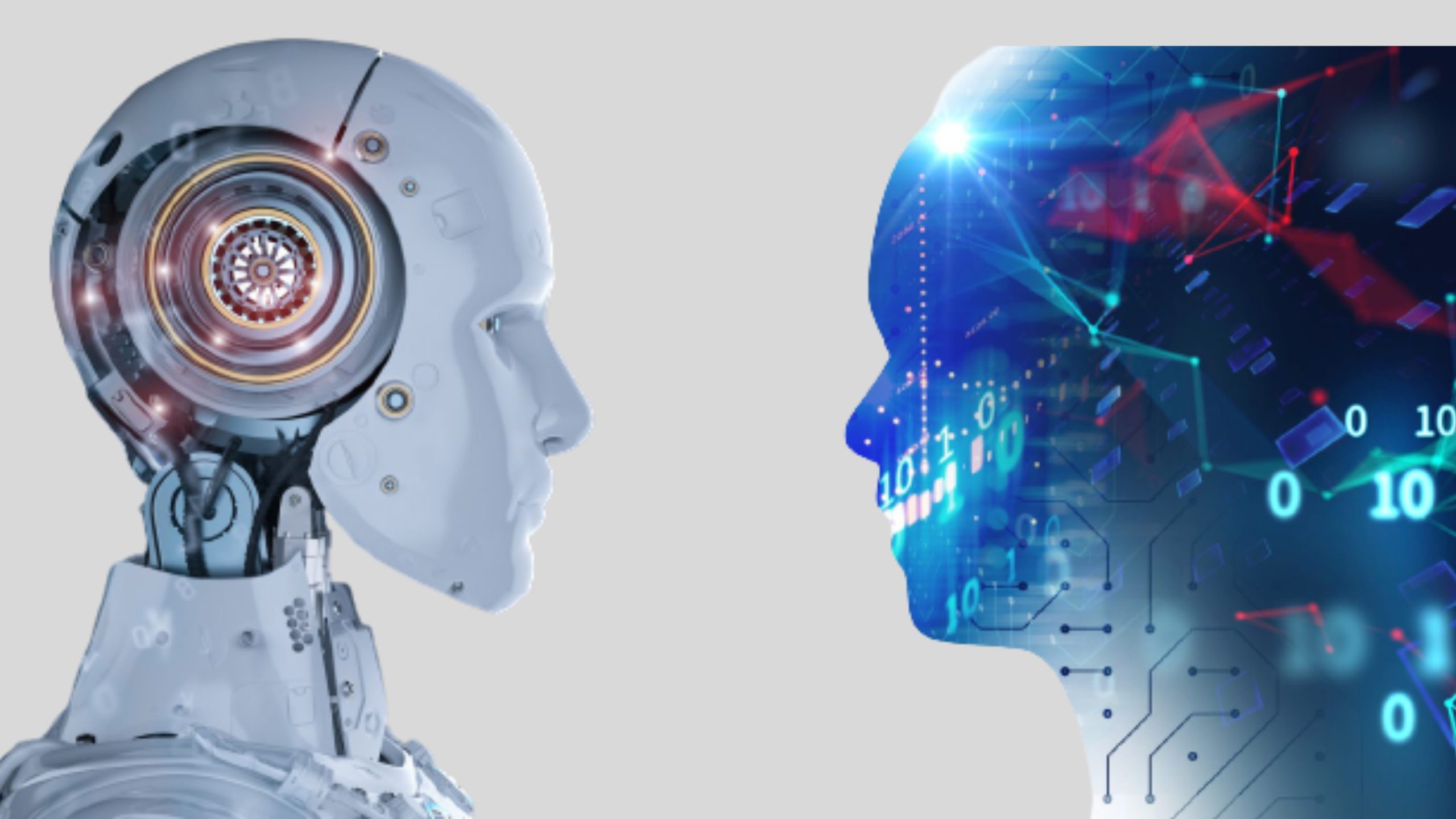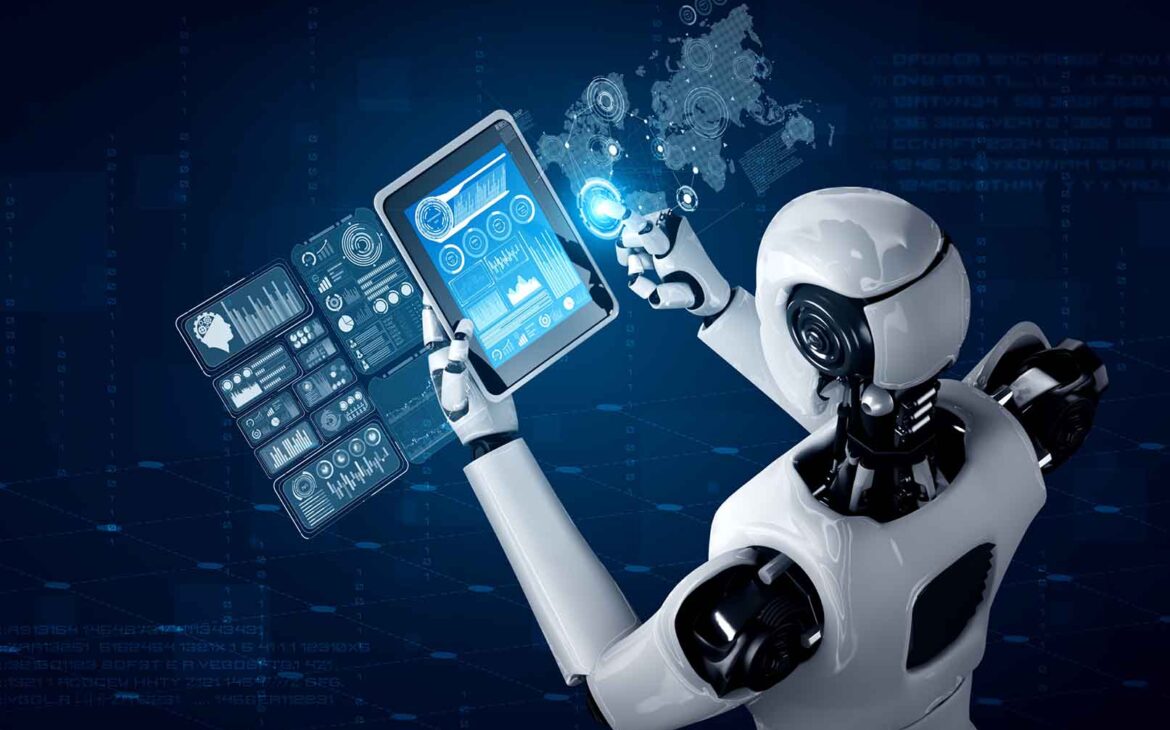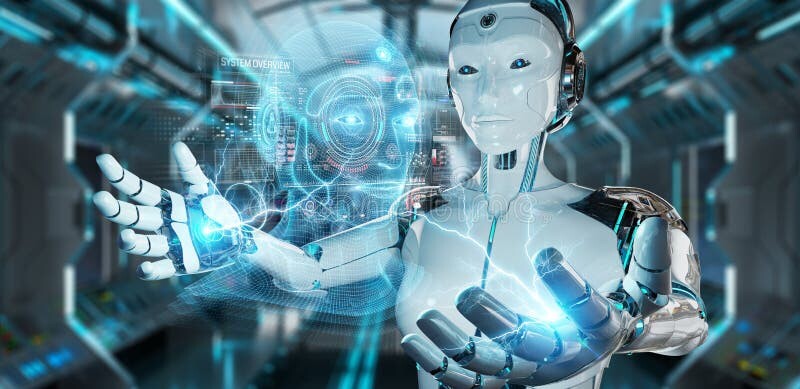Artificial Intelligence (AI) and Robotics are transforming industries by automating complex tasks, improving efficiency, and opening new possibilities for innovation. Exploring real-world case studies helps us understand how these technologies are being applied and their potential impact across various sectors.
What are Case Studies in AI and Robotics?
Case studies in AI and Robotics highlight practical implementations of intelligent machines and algorithms in solving specific problems. These examples demonstrate how companies and researchers successfully use AI-driven robots to improve processes, deliver services, and tackle challenges.
How AI and Robotics Work Together
AI provides the decision-making intelligence, while robotics brings the physical capability to perform tasks. Together, they create systems that can perceive environments, process information, and act autonomously or semi-autonomously.
Key Examples and Case Studies
Healthcare Robots:
AI-powered surgical robots assist doctors by providing precision and reducing human error. For example, the da Vinci Surgical System enhances surgeons’ ability to perform minimally invasive procedures.
Warehouse Automation:
Companies like Amazon use AI-driven robots to sort, transport, and organize goods in their warehouses, speeding up delivery times and improving operational efficiency.
Autonomous Vehicles:
Self-driving cars from companies like Tesla and Waymo use AI algorithms combined with robotic sensors and cameras to navigate roads, detect obstacles, and make driving decisions in real time.
Customer Service Robots:
Social robots like SoftBank’s Pepper interact with customers in retail stores, providing product information, answering queries, and improving customer engagement.
Agricultural Robotics:
Farming robots equipped with AI systems can monitor crop health, automate harvesting, and apply fertilizers with precision, reducing labor costs and increasing yields.
Benefits of AI and Robotics Integration
AI and Robotics enhance productivity, improve accuracy, reduce human exposure to dangerous environments, and create scalable solutions for industries like healthcare, logistics, transportation, and agriculture.
Limitations to Consider
Despite the advancements, these systems require significant investment, can face ethical and regulatory challenges, and may not perform perfectly in unpredictable or highly dynamic environments without human intervention.
Conclusion
Case studies in AI and Robotics demonstrate the real-world impact of intelligent automation. As technology progresses, more industries will benefit from these solutions, but careful consideration of costs, ethics, and safety will remain essential for successful adoption.







Leave feedback about this